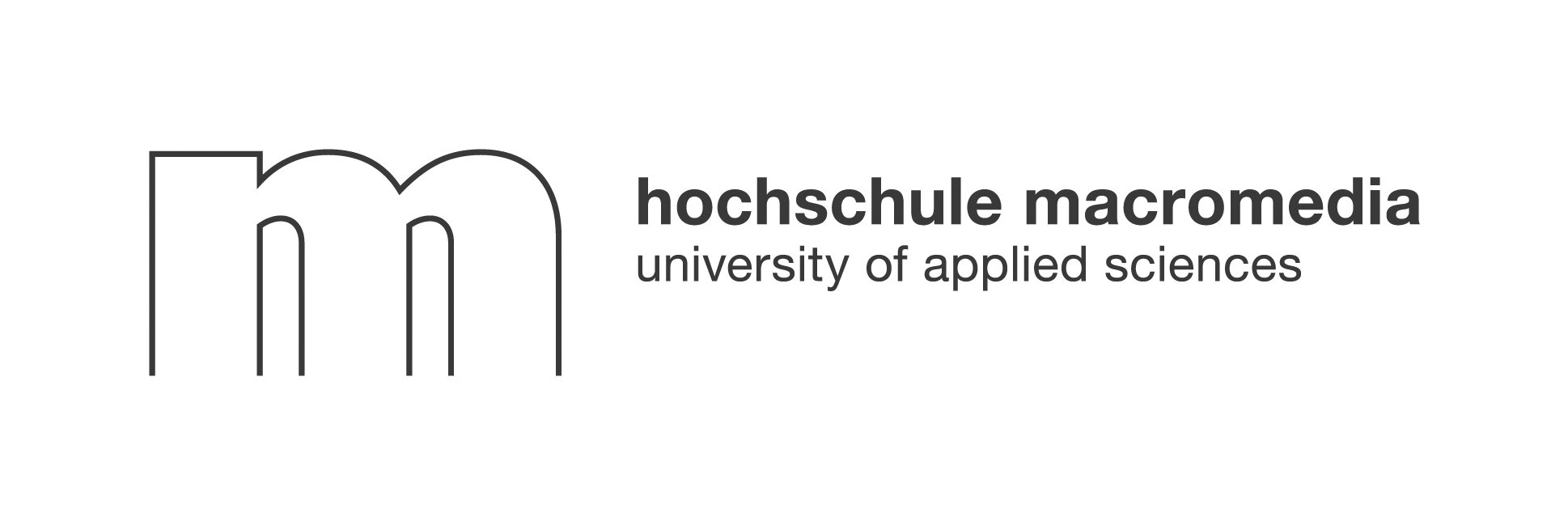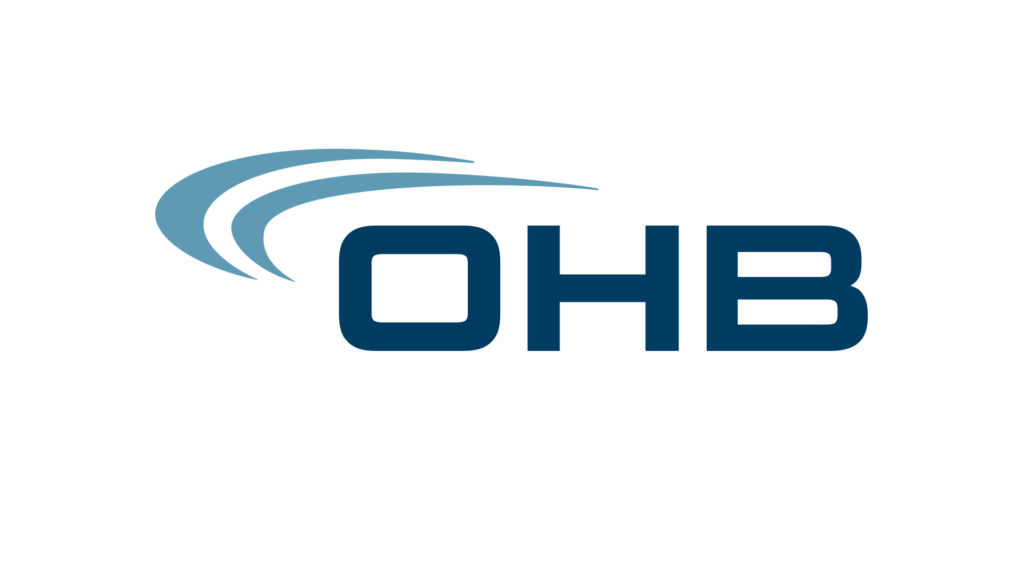Building community at work through shared experiences isn’t just a buzzword—it’s the fastest, most human way to transform work from a daily grind into a place where people truly belong. In 2025, as hybrid and remote work become the norm, many organizations struggle to foster real connection. Why do so many well-intentioned company events fall flat? And how can AI-driven micro-experiences, like those pioneered by Neroia, redefine workplace culture for the better? Let’s dive into the science, the pitfalls of tradition, and the actionable strategies to create communities that thrive—where every team member feels seen, valued, and inspired.
Why Shared Experiences Are the Fastest Path to Workplace Belonging
Shared experiences are the foundation of any true community. When coworkers come together for a common purpose—whether it’s a team challenge, a wellness activity, or simply sharing stories—walls come down and trust is built. Research shows that belonging is a basic human need, sitting right in the middle of Maslow’s hierarchy. In the workplace, this translates into higher engagement, lower turnover, and better performance.
But why do shared experiences work so well? Because they create moments of vulnerability, laughter, and achievement that transcend job titles or locations. In hybrid environments, where watercooler chats are rare and faces on screens can feel distant, these shared moments are even more critical. Employees who feel connected through shared experiences are not only happier—they’re also more likely to collaborate, innovate, and stay with their company.
“It only takes one shared experience to open the doors to friendship and understanding.”
— Dr. Kristin Bledsoe, Leadership Educator
The Science Behind Connection: How Shared Moments Rewire Teams

Neuroscience tells us that shared experiences activate the brain’s social circuits, releasing oxytocin—the “bonding hormone.” This chemical boost makes people feel closer, more trusting, and more willing to support each other. Teams that regularly participate in shared activities show higher levels of psychological safety, meaning employees feel safe to speak up, share ideas, and make mistakes without fear.
A Deloitte study found that employees with a strong sense of belonging see a 56% increase in job performance and a 50% reduction in turnover risk. These numbers aren’t magic—they’re the result of meaningful connections forged through shared experiences. When people feel part of something bigger, they bring their best selves to work.
Pillars of a Thriving Workplace Community
Psychological safety and trust
Psychological safety is the belief that you won’t be embarrassed or punished for speaking up. It’s the invisible glue that holds teams together. When people trust each other, they’re more likely to share ideas, ask questions, and take creative risks. Shared experiences—especially informal, small-group ones—help lay this foundation by allowing employees to show vulnerability and build empathy.
Diversity, equity, and inclusion
A real community celebrates differences. Diversity brings fresh perspectives, while inclusion ensures everyone has a seat at the table. Shared experiences must be accessible and meaningful for all, not just a select few. This means curating events that respect different backgrounds, interests, and time zones, and using tools that help everyone participate.
Purpose and shared values
People want to be part of something that matters. When shared experiences align with company values—like wellness, learning, or giving back—they reinforce a sense of purpose. Employees are more engaged when activities connect to something meaningful, not just another box to tick.
Building Community at Work Through Shared Experiences: 9 Practical Strategies
Shared experiences work best when they are intentional, inclusive, and tailored. Here are nine proven ways to build community at work through shared experiences:
Micro-rituals that bond hybrid teams
Small, regular rituals—like a virtual coffee break or a five-minute check-in at the start of meetings—help teams stay connected. These micro-rituals create predictability and comfort, especially for remote or hybrid teams. Neroia’s AI-driven platform takes this further by suggesting personalized micro-events, such as three-person book chats or lunchtime walks, based on employees’ interests and schedules.
Storytelling and peer recognition
Stories are powerful. Encourage employees to share personal wins, lessons learned, or even challenges faced. Peer recognition programs, where colleagues celebrate each other’s contributions, build a culture of appreciation. Digital tools can make this easy, ensuring recognition is timely and visible across locations.
Volunteering and social impact projects
Giving back together is a potent way to unite teams. Organize volunteer days, charity runs, or skills-based projects that reflect your organization’s mission. Neroia, for instance, has facilitated AI-orchestrated group volunteering, matching employees with causes they care about and coordinating logistics seamlessly.
Designing Experiences for Every Work Model—Remote, Hybrid, On-Site
Building community at work through shared experiences shouldn’t depend on where people sit. Here’s how to make it work for everyone:
Digital tools that make distance disappear
Leverage platforms like Microsoft Teams, Slack, and Neroia’s integrations to create digital spaces for connection. From AI-matched mindfulness sessions to virtual cycling clubs, technology can bridge the physical gap and spark real relationships.
Creating inclusive time zones and schedules
One size doesn’t fit all. Use AI to recommend event times that work across time zones and accommodate different working patterns. This ensures no one is left out, whether they’re early birds, night owls, or balancing caregiving responsibilities.
Measuring engagement across locations
Don’t guess—measure. Use pulse surveys, anonymized engagement analytics, and feedback tools to track participation and satisfaction. This data helps refine your approach and ensures all voices are heard.
Mentorship, Buddy Programs, and Other Peer-Led Connectors
Launching a buddy system for new hires
The first weeks at a new job can feel isolating, especially in hybrid settings. Pairing new hires with a buddy helps them navigate culture, build confidence, and make their first friend at work. Neroia’s platform can automate buddy matching, taking into account shared interests and backgrounds for a natural fit.
Scaling informal coffee chats into knowledge networks
Informal chats are the seeds of workplace friendships and knowledge sharing. By using AI to coordinate these micro-interactions—like three-person lunch groups or topic-based coffee breaks—organizations can turn casual conversations into robust networks of support and learning.
“Connection is why we’re here; it is what gives purpose and meaning to our lives.”
— Brené Brown, Researcher & Storyteller
Measuring Success: Metrics, Surveys, and Stories that Matter
Key leading indicators to track
How do you know if your efforts are working? Look for these leading indicators:
- Participation rates in micro-events and rituals
- Pulse survey scores on belonging and psychological safety
- Peer recognition frequency
- Retention and absenteeism trends
Turning feedback into continuous improvement
Gather stories and qualitative feedback alongside the numbers. Employees’ narratives about how shared experiences impacted them can be even more powerful than data. Use this input to tweak your programs, introduce new activities, and ensure everyone feels included.
Why Traditional Initiatives Often Fail—and How Neroia’s AI-Driven Micro-Events Succeed
Many companies still rely on traditional, top-down events: annual parties, generic wellness challenges, or all-hands meetings. While well-meaning, these approaches often miss the mark, especially in hybrid environments. Here’s why:
- Lack of personalization: Not everyone wants to join the same event. Standardized activities can alienate employees with different interests, backgrounds, or schedules.
- Hybrid disconnection: Remote workers often feel like afterthoughts when events are designed for in-person attendance.
- Planning friction: Organizing inclusive, meaningful activities is time-consuming for HR and often results in surface-level engagement.
Neroia’s AI-driven platform revolutionizes building community at work through shared experiences by:
- Effortlessly discovering and matching employees for micro-events (3-4 participants) based on real interests and availability.
- Integrating with existing tools like Teams, wellness apps, and pulse surveys to curate experiences that fit seamlessly into the workday.
- Using anonymized analytics to measure engagement and continuously improve offerings while protecting privacy.
- Replacing generic gatherings with authentic, small-group connections—like AI-coordinated yoga sessions, company runs, or cultural exchanges, as seen in successful OHB pilot programs.
“When shared experiences are tailored, inclusive, and easy to join, community stops being an aspiration and becomes a lived reality.”
Building Community at Work Through Shared Experiences: The Neroia Approach
How Neroia’s Platform Makes a Difference
Neroia’s vision is to make building community at work through shared experiences effortless, meaningful, and future-proof. Here’s how:
- AI-powered matching: Employees are invited to join micro-events—such as mindfulness workshops, cycling groups, or cultural lunches—tailored to their unique interests and schedules.
- Seamless integration: The platform connects with Microsoft Teams, wellness apps, and HR analytics, making participation frictionless and data-driven.
- Employee-centric privacy: All data is anonymized, ensuring a safe and secure environment where employees can engage authentically.
- Continuous adaptation: By analyzing feedback and participation, Neroia refines its offerings to keep pace with changing needs and preferences.
Aligning with 2025 Workplace Trends
Neroia’s approach is built for the future:
- Inclusive engagement: Micro-events are accessible to all, regardless of location or background.
- Psychological safety: Small groups foster trust and openness, supporting mental well-being.
- Purpose-driven activities: Experiences are tied to shared values, from wellness to social impact.
Action Steps: How to Start Building Community at Work Through Shared Experiences
Ready to transform your workplace? Here’s an easy roadmap to get started:
- Assess current engagement: Use surveys and analytics to understand where your community stands.
- Pilot micro-events: Introduce AI-matched small-group activities and gather feedback.
- Integrate digital tools: Ensure seamless participation across hybrid and remote teams.
- Recognize and share stories: Celebrate successes and learn from employee experiences.
- Refine and expand: Use data to continuously improve and scale your approach.
The Future: From Siloed Teams to Vibrant Communities
Building community at work through shared experiences is no longer a “nice-to-have”—it’s essential for well-being, retention, and organizational success. As traditional methods fall short in hybrid settings, AI-driven solutions like Neroia’s platform are leading the way, breaking down silos and creating spaces where authentic relationships blossom.
“May we all be inspired… to create a community where everyone feels seen, heard, and valued, one shared experience at a time.”
— Dr. Kristin Bledsoe
With Neroia, companies can move beyond generic events to a new era of personalized, inclusive, and impactful engagement—making every employee feel truly connected, wherever they work. If you’re ready to revolutionize your workplace culture, building community at work through shared experiences with Neroia is the best place to start.




